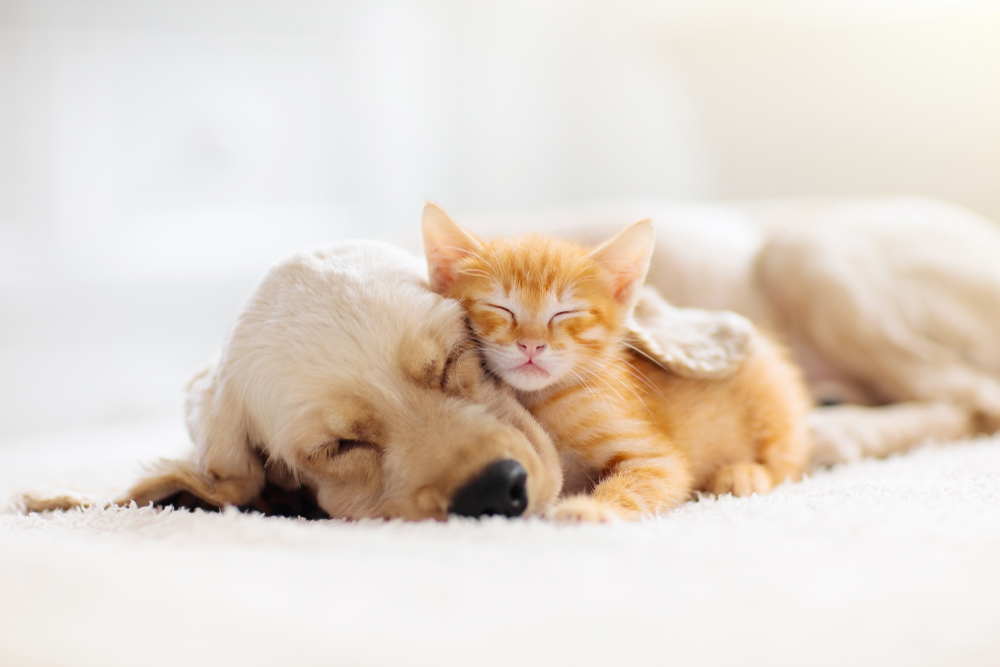The Role of Grooming in Pet Care
Grooming is an essential aspect of pet care that significantly contributes to the health, comfort, and well-being of our animal companions. Whether you have a dog, cat, rabbit, or other furry friends, regular grooming is more than just a cosmetic routine—it is a critical practice that supports hygiene, prevents disease, and strengthens the bond between pets and their owners. As we continue to advance in pet care knowledge in 2025, understanding the role of grooming has never been more important.

The Importance of Regular Grooming for Pets
Grooming goes far beyond making your pet look neat and tidy. It serves several important functions that directly impact their health and comfort:
Hygiene and Cleanliness
Pets are naturally curious and love to explore their environment, which means they can easily pick up dirt, debris, pests, and allergens in their fur or on their skin. Regular grooming removes these unwanted particles and helps prevent skin irritations and infections. For example, brushing your pet’s coat helps remove dead hair and distribute natural oils, keeping the coat shiny and healthy.
Additionally, grooming tasks like cleaning ears and trimming nails are vital for preventing infections. Dirty ears can harbor bacteria and yeast, leading to painful infections, while long nails can cause discomfort, affect mobility, and even lead to joint problems.
Early Detection of Health Issues
One of the lesser-known benefits of regular grooming is the opportunity it provides to monitor your pet’s health closely. During grooming sessions, you can check for abnormalities such as lumps, bumps, skin discoloration, swelling, or signs of parasites like fleas and ticks. Early detection of these issues can lead to prompt veterinary care, potentially preventing more severe health problems.
In 2025, advancements in pet health monitoring now often integrate grooming routines with smart technologies, such as apps and sensors that help owners keep track of skin conditions and coat health, making early intervention easier than ever.
Different Grooming Needs for Different Pets
Not all pets require the same grooming routine. The type of animal, its breed, coat type, and lifestyle all influence how often and what kind of grooming is necessary.
Dogs and Cats
Dogs and cats are the most common pets requiring regular grooming, but their needs differ significantly:
- Dogs: Depending on the breed, dogs may need daily brushing (especially long-haired breeds like Golden Retrievers and Poodles) or just weekly grooming (short-haired breeds like Beagles). Bathing frequency can range from once a month to several times a year, depending on activity level and coat type. Nail trimming, ear cleaning, and dental care are also important components of dog grooming.
- Cats: Cats generally self-groom, but some long-haired breeds like Persians need assistance to prevent matting. Regular brushing helps reduce hairballs and keeps their coat healthy. Cats also benefit from occasional nail trimming and ear checks.
Small Mammals and Other Pets
Pets such as rabbits, guinea pigs, ferrets, and even reptiles have unique grooming requirements. For instance:
- Rabbits and guinea pigs need regular brushing, especially during shedding seasons, to prevent fur ingestion and blockages.
- Ferrets require routine nail trimming and occasional baths.
- Reptiles may need their skin gently wiped or sheds assisted but generally have less demanding grooming needs.
Understanding the specific grooming requirements of your pet species and breed ensures their comfort and health.
Grooming as a Tool for Building Stronger Bonds
Beyond physical health, grooming plays a crucial role in the emotional well-being of pets and their owners. The process of grooming can be a calming and bonding experience when done correctly.
Reducing Stress and Anxiety
Many pets find grooming soothing, especially when it involves gentle brushing, massage, or touch. This can help reduce stress and anxiety, particularly in high-energy or nervous animals. Establishing a positive grooming routine from an early age encourages pets to associate grooming with comfort and affection.
Enhancing Communication
During grooming, pet owners can better understand their pet’s body language and preferences. Recognizing signs of discomfort, pain, or enjoyment helps build trust and improves overall communication between pet and owner.
Socialization and Training
Grooming sessions can also serve as opportunities for socialization and training, especially for puppies and kittens. Getting them accustomed to being handled and groomed early on makes future veterinary visits and grooming easier and less stressful.
Practical Tips for Effective Pet Grooming in 2025
As technology and pet care practices evolve, here are some practical tips to help pet owners maintain an effective grooming routine:
- Establish a Schedule: Consistency is key. Set a grooming schedule that suits your pet’s needs and stick to it.
- Use the Right Tools: Invest in grooming tools appropriate for your pet’s coat and size—such as brushes, nail clippers, and shampoos formulated for pets.
- Create a Calm Environment: Make grooming a positive experience by using treats, praise, and a quiet space.
- Educate Yourself: Stay informed about the best grooming practices for your pet’s breed and health by consulting professionals and trusted sources.
- Know When to Seek Help: Some grooming tasks, like de-matting or nail trimming in aggressive or anxious pets, might require professional groomers or veterinarians.
Conclusion
In 2025, grooming remains a cornerstone of responsible pet ownership, contributing significantly to the physical health, emotional well-being, and overall happiness of pets. By understanding its importance, tailoring routines to your pet’s unique needs, and approaching grooming as a bonding experience, you can ensure your furry friends live healthier, more comfortable lives. Whether you are a seasoned pet owner or welcoming a new companion, prioritizing grooming is a vital step toward nurturing a lifelong relationship filled with care and affection.
Disclaimer: All content, including text, graphics, images and information, contained on or available through this web site is for general information purposes only. The information and materials contained in these pages and the terms, conditions and descriptions that appear, are subject to change without notice.




